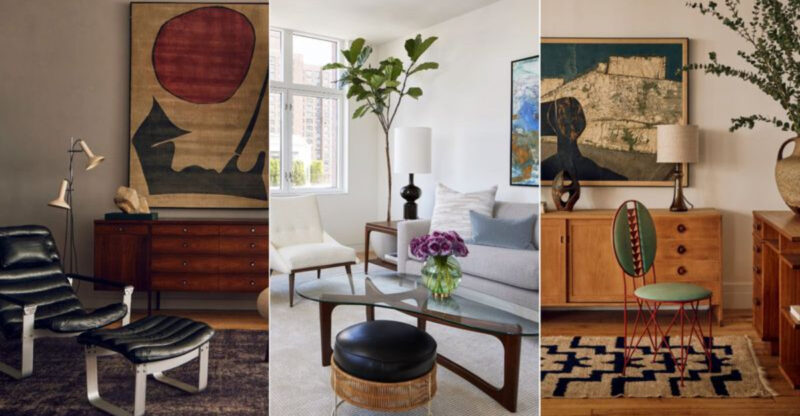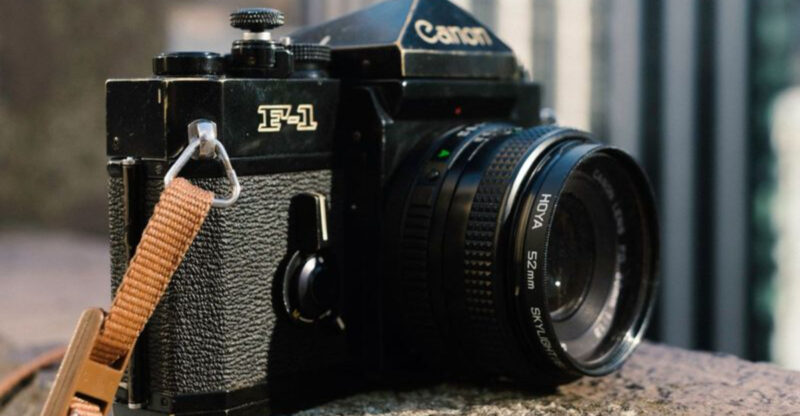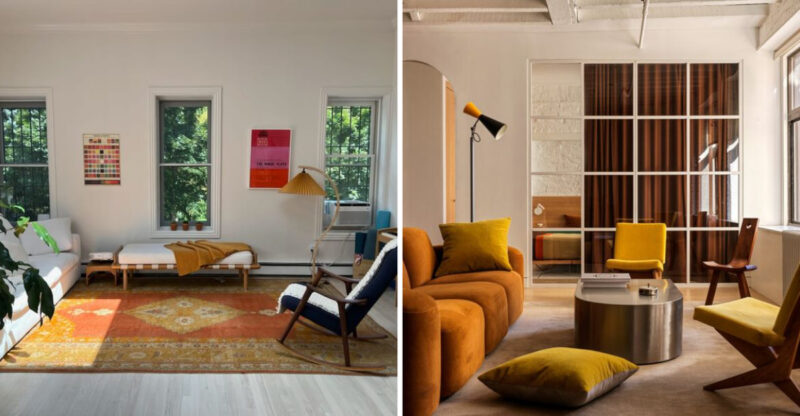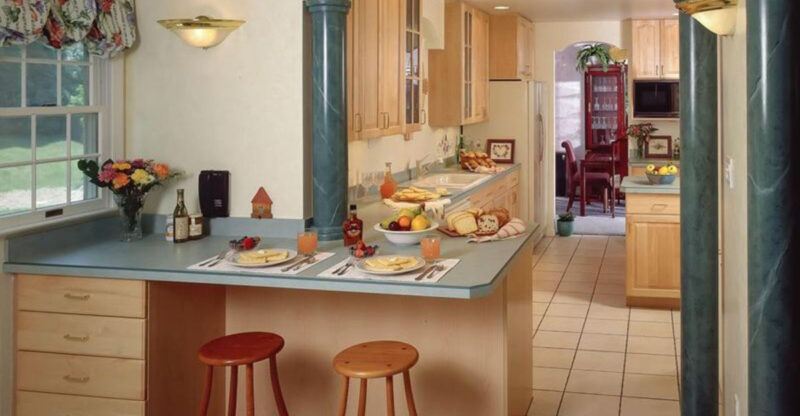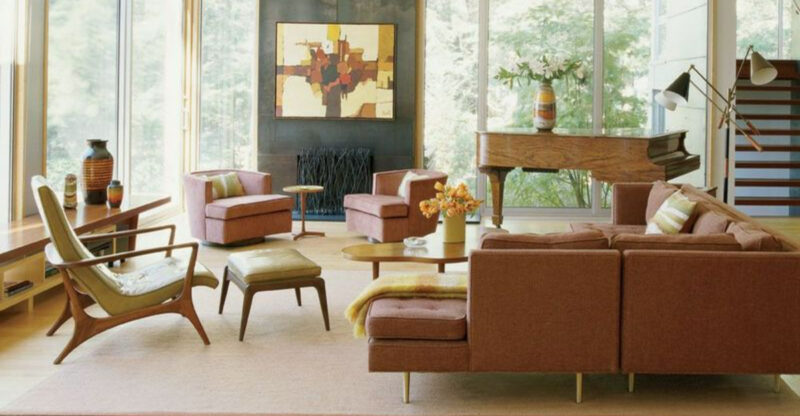Collectors Take Note 8 Home Antiques Worth Holding Onto, And 8 To Let Go
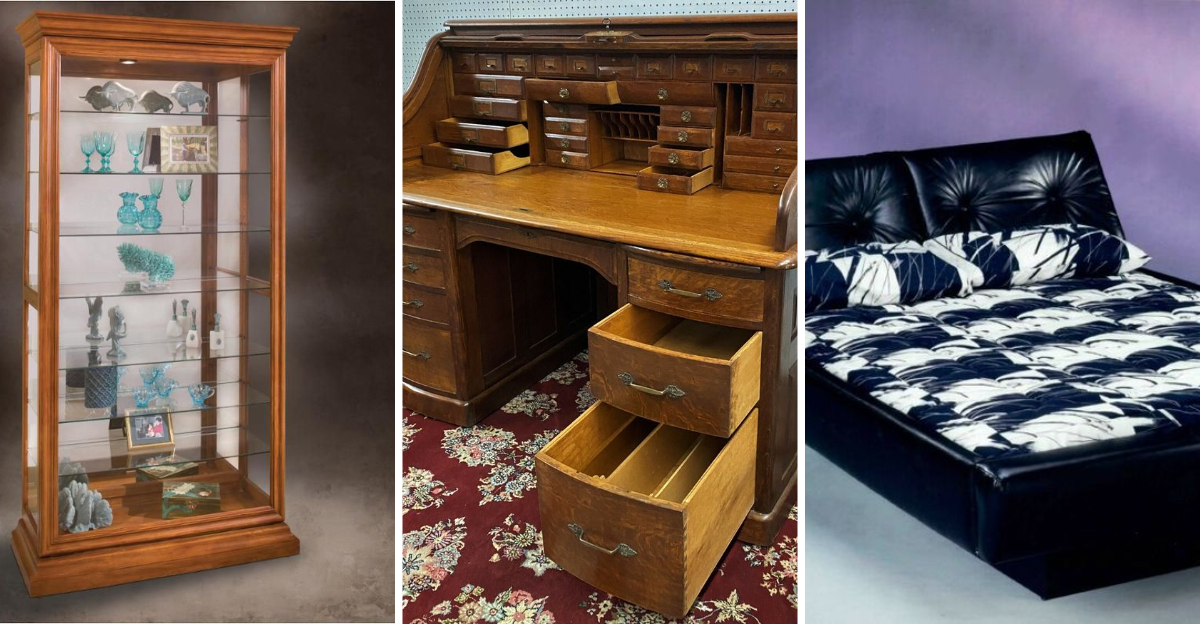
Ever wondered which of your family heirlooms are actually worth keeping? Not all antiques appreciate over time, and some just take up valuable space.
With the rise of minimalist living and changing design preferences, it’s smart to know which vintage items deserve a spot in your home and which ones you can part with guilt-free.
1. Solid Wood Dressers
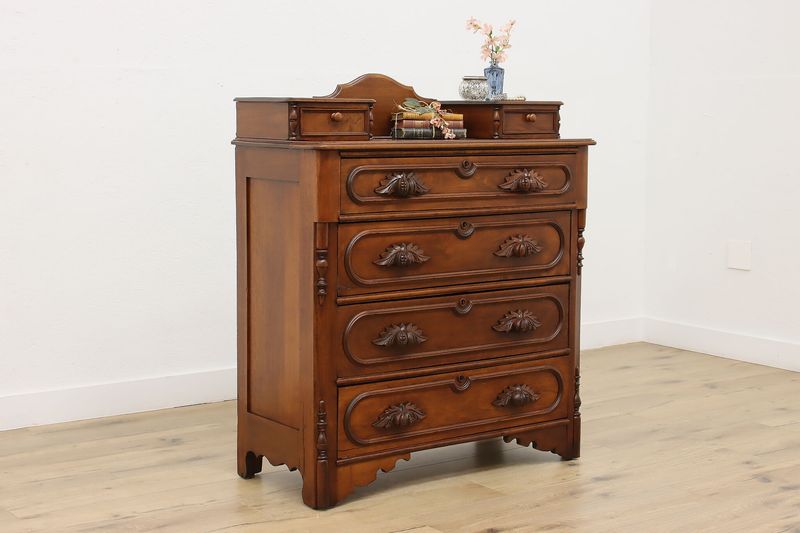
Quality solid wood dressers from earlier eras represent craftsmanship that’s increasingly rare today. These sturdy pieces often feature dovetail joints, smooth-gliding drawers, and wood types like walnut, cherry, or mahogany that would cost a fortune now.
I’ve seen these dressers outlast three generations of ownership while maintaining their functionality and charm. Unlike particle board furniture, they can be refinished multiple times when scratched or damaged.
The hardware alone on these pieces can be valuable, with original brass or bronze pulls that craftspeople now reproduce at premium prices. Keep these treasures they’re actually increasing in value as woodworking skills become less common and materials more expensive.
2. Mid-Century Modern Chairs
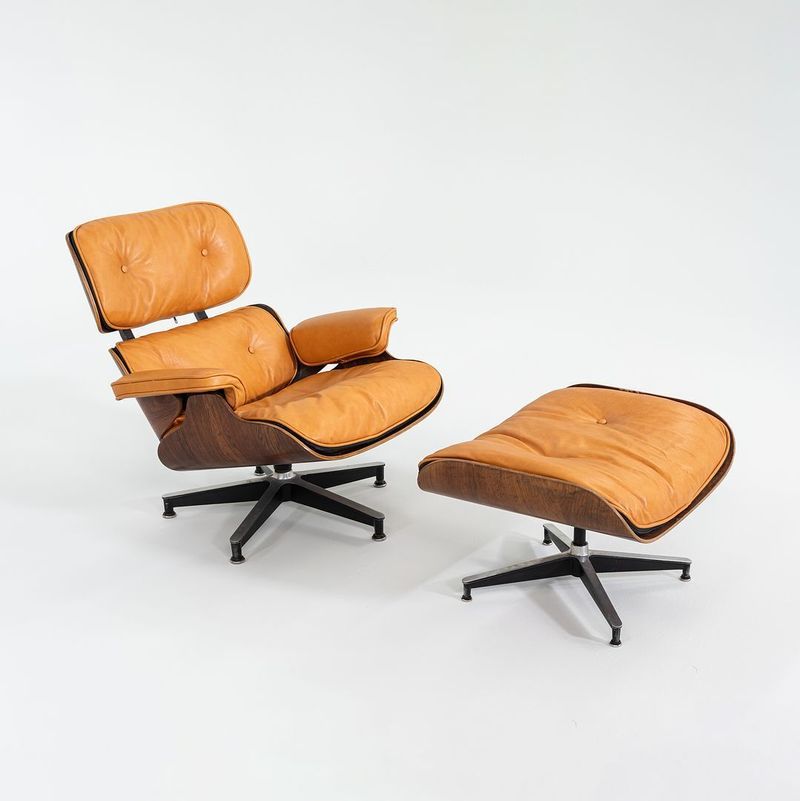
Mid-century modern chairs have transcended their era to become timeless design icons. Many pieces from designers like Eames, Saarinen, and Wegner now sell for multiples of their original prices, making them not just furniture but investments.
The clean lines and innovative materials of these chairs complement virtually any decor style. Whether it’s the molded plywood of an Eames lounge chair or the elegant simplicity of a Danish teak dining chair, these pieces remain remarkably comfortable and functional.
Authentic mid-century chairs are increasingly hard to find as demand grows among collectors and interior designers. If you’ve inherited or purchased these gems, their value will likely continue rising—especially if you have documentation of their provenance or designer.
3. Handwoven Rugs
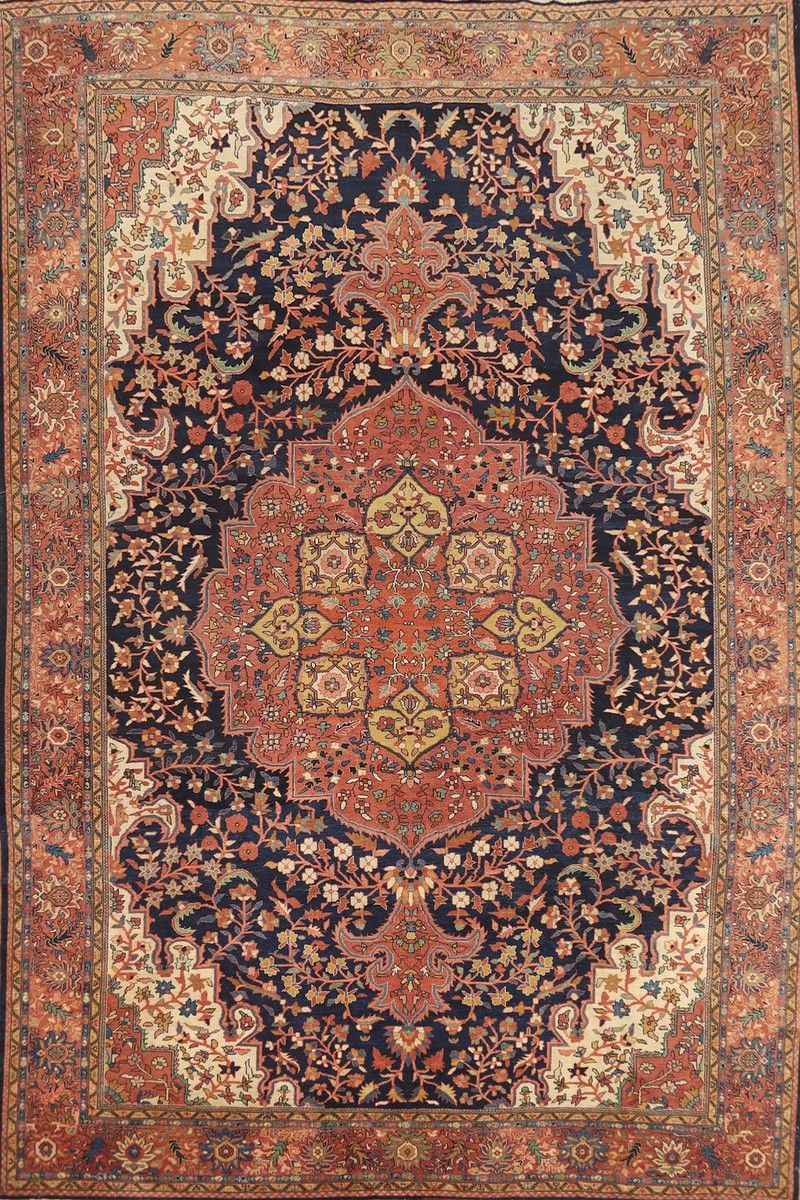
Genuine handwoven rugs represent countless hours of skilled artisanship, with techniques passed down through generations. Unlike machine-made alternatives, these rugs feature natural dyes, unique imperfections, and construction that improves with age.
The wool or silk used in quality antique rugs actually becomes more lustrous with use as natural oils in the fibers emerge through foot traffic. Many vintage Persian, Turkish, or Moroccan rugs have already survived 50-100 years and will easily last another century with basic care.
When examining your handwoven rug, look for hand-knotted pile, irregular patterns (showing human creation rather than machine precision), and natural fiber backing. These characteristics signal a piece that will continue appreciating while synthetic rugs deteriorate.
4. Vintage Brass Fixtures
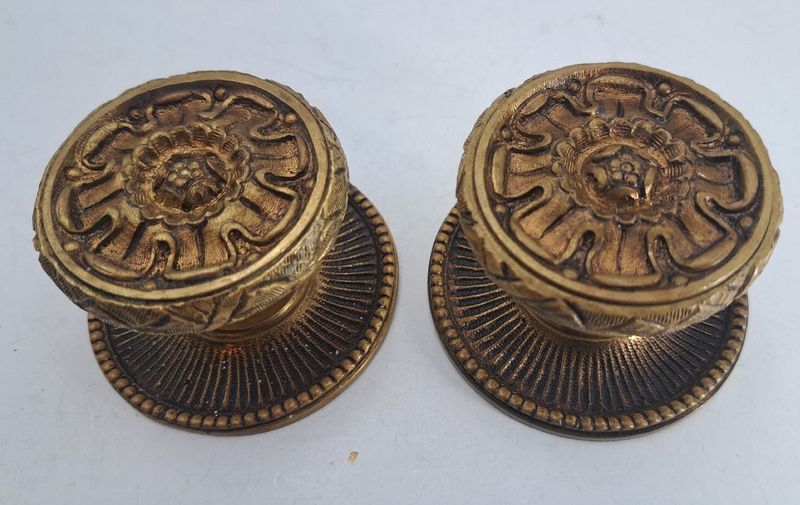
Solid brass fixtures from bygone eras deliver both beauty and durability that modern reproductions rarely match. The patina that develops on real brass over decades creates a warm, living finish impossible to replicate with chemical treatments or brass-plated items.
I’ve noticed how vintage brass doorknobs, drawer pulls, and light fixtures maintain their functionality despite decades of use. The weight alone tells you you’re holding something substantial modern fixtures often feel lightweight and hollow by comparison.
Many brass pieces from the Art Deco and Victorian periods feature intricate detailing that would be prohibitively expensive to produce today. Hold onto these treasures—they’re increasingly sought after as homeowners turn away from disposable hardware toward pieces with character and longevity.
5. Art Deco Mirrors
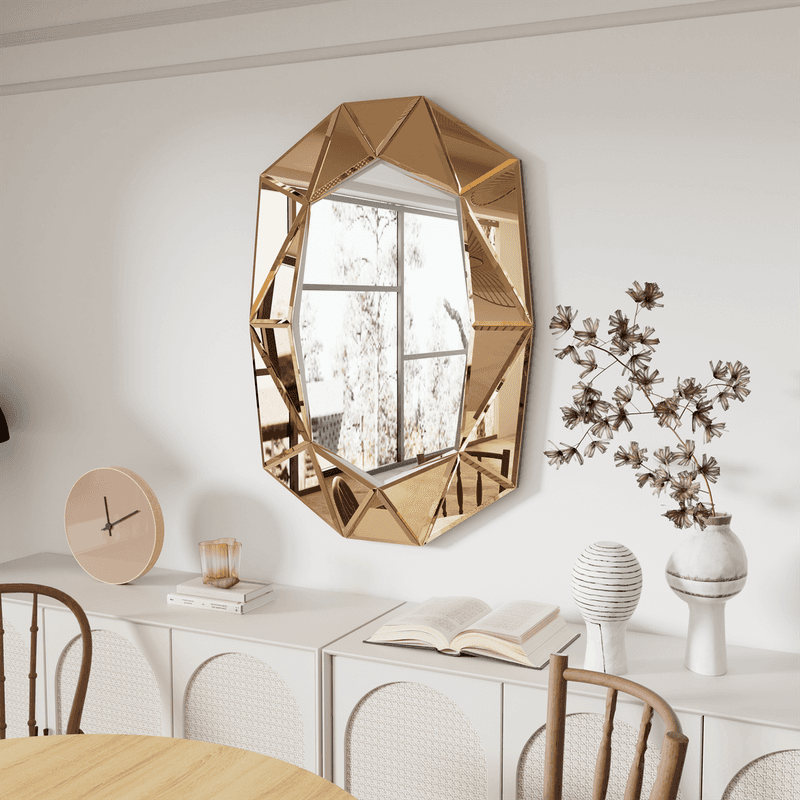
Art Deco mirrors from the 1920s and 30s showcase a glamorous era of design that continues to influence modern aesthetics. The distinctive geometric patterns, stepped forms, and etched details make these mirrors instantly recognizable and perpetually stylish.
What makes vintage Art Deco mirrors particularly valuable is their silvering process. Earlier mirror-making techniques created a depth and luminosity that modern manufacturing methods can’t duplicate. You’ll notice this quality in how the reflection seems to float within the glass rather than sitting flat on the surface.
Beyond their decorative appeal, these mirrors often feature frames made from quality materials like beveled glass, exotic woods, or Bakelite. When you find one in good condition, you’re looking at a piece that will continue appreciating while enhancing any room’s ambiance.
6. Antique Clocks (working condition)
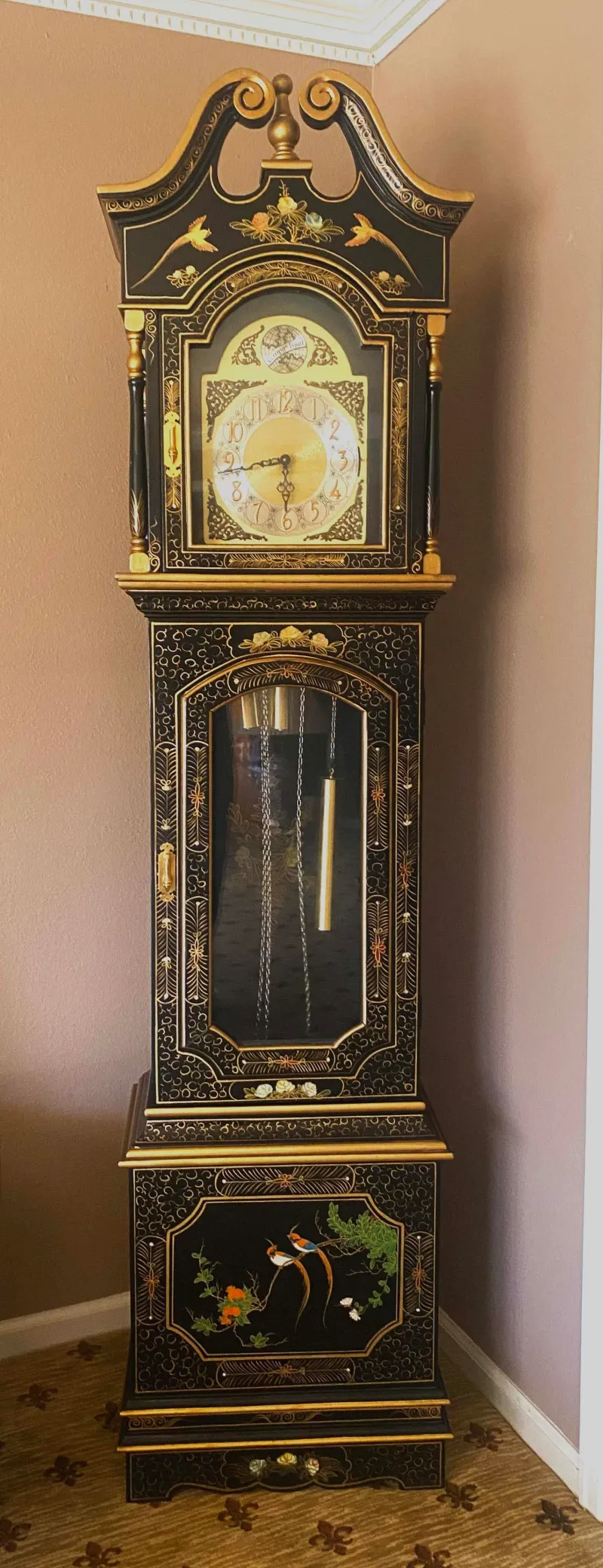
Mechanical clocks from earlier centuries represent incredible engineering that has stood the test of time. A properly maintained antique clock doesn’t just tell time it’s a living machine with rhythmic ticking and movement that brings a unique energy to your home.
The craftsmanship in these timepieces extends beyond their mechanical hearts to their cases, which often feature intricate woodworking, inlay, or metalwork. From stately grandfather clocks to delicate mantel pieces, working antique clocks combine art and science in ways modern timepieces rarely achieve. With regular maintenance by a qualified clockmaker, these pieces can run for centuries.
As fewer people understand the art of clock repair, functioning antique clocks become increasingly valuable. Their soothing chimes and connection to history make them worth preserving for future generations.
7. Cast Iron Cookware
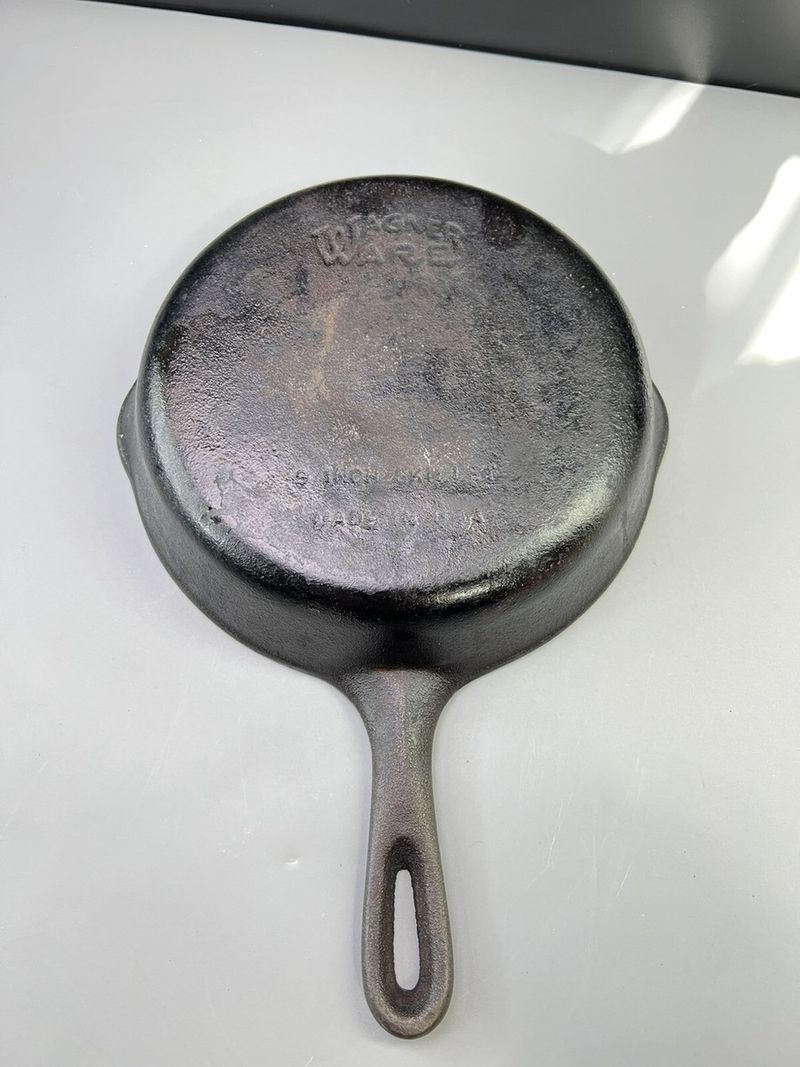
Vintage cast iron pans from companies like Griswold and Wagner aren’t just cookware—they’re culinary treasures that improve with age. The smooth, hand-finished cooking surfaces of these older pans create a naturally non-stick surface that modern cast iron can’t match.
These heirloom pieces often carry decades of seasoning layers of polymerized oils that give food exceptional flavor. The iron itself tends to be lighter and more refined than contemporary versions, making them more comfortable to use despite their durability.
If you’ve inherited cast iron from grandparents, you’re lucky! These pieces frequently sell for hundreds of dollars at auction. Even better, they’ll continue serving your family for generations with minimal care. The heat retention and distribution in vintage cast iron creates cooking results that expensive modern cookware struggles to achieve.
8. Vintage Light Fixtures
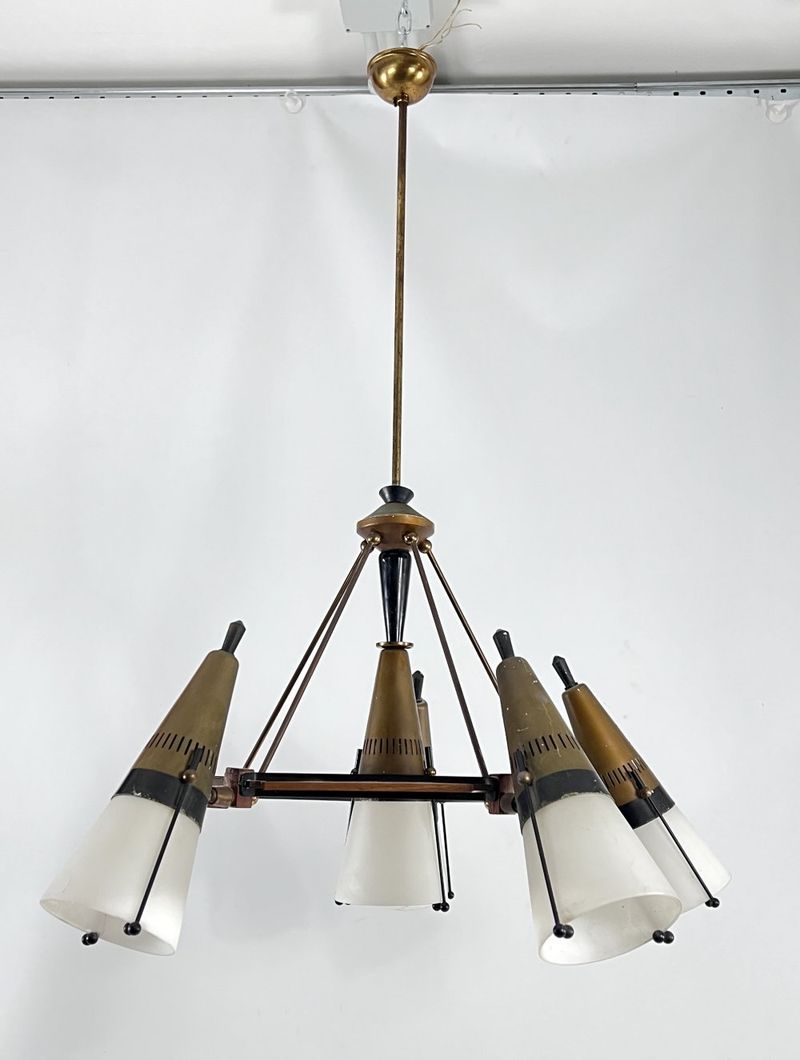
Original light fixtures from the early and mid-20th century often feature craftsmanship and materials rarely seen in today’s mass-produced lighting. Hand-blown glass shades, solid brass components, and intricate detailing make these pieces both functional art and valuable collectibles.
Many vintage fixtures were overbuilt to last generations, unlike contemporary lights designed with planned obsolescence in mind. Art Deco sconces, mid-century sputnik chandeliers, and Victorian pendants bring unique character to spaces while appreciating in value. The wiring in these fixtures can easily be updated for safety while preserving their aesthetic appeal.
I’ve seen countless homeowners regret disposing of original lighting during renovations, only to spend far more buying similar vintage pieces later. When these fixtures illuminate a room, they create an ambiance no modern reproduction can duplicate.
9. Patterned China Sets (Let Go)

Formal china sets with elaborate patterns have dramatically fallen from favor as entertaining styles have become more casual. Most households now prefer versatile, dishwasher-safe dinnerware that transitions easily from everyday use to special occasions.
Unless your china has significant historical or designer value (like Wedgwood or Limoges), these sets often sell for a fraction of their original price. Young families rarely have space for specialized dishes used only a few times yearly, and many patterns that were popular in previous generations now look dated.
If you’re holding onto inherited china that doesn’t match your aesthetic or lifestyle, consider keeping just a few meaningful pieces as mementos. Photographing the set before selling or donating allows you to preserve the memory while freeing up valuable storage space for items you’ll actually use and enjoy.
10. Heavy Entertainment Centers (Let Go)
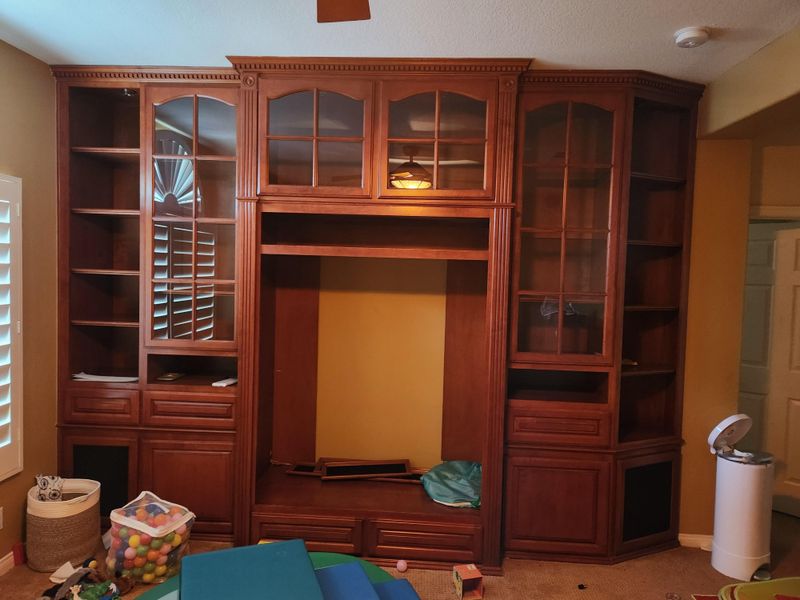
Massive entertainment centers designed for bulky tube televisions have become functional dinosaurs in the age of flat screens and streaming. These furniture behemoths often dominate rooms with their imposing presence while offering storage for media formats most people no longer use.
The dark, heavy wood and specialized compartments for VHS tapes, CDs, and stereo components feel decidedly outdated in contemporary homes. Modern media consumption requires minimal equipment that can be elegantly wall-mounted or housed in streamlined furniture. Even quality-built entertainment centers from respected furniture makers have plummeted in resale value.
If you’re holding onto one of these pieces, consider repurposing the wood or donating it to organizations that can use the storage capacity. Your living space will instantly feel larger and more current once freed from these oversized relics of 1990s home design.
11. Lace Doilies (Let Go)
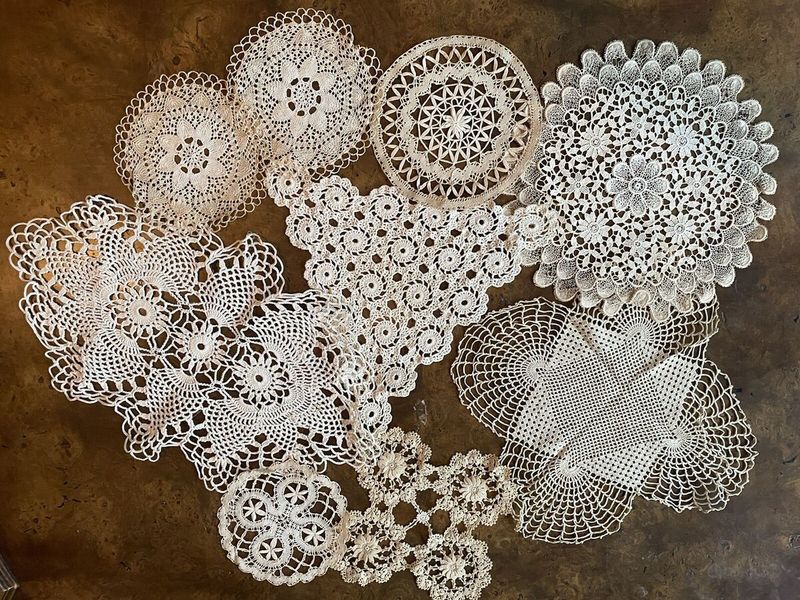
Delicate lace doilies once symbolized proper housekeeping and refinement, but now they’re rarely incorporated into contemporary decor. These intricate pieces require special cleaning and ironing while collecting dust and looking distinctly old-fashioned under modern lamps and accessories.
Most younger generations view doilies as fussy remnants of formal decorating styles that clash with today’s more relaxed, minimalist aesthetics. The white or ecru color palette and Victorian sensibility feel out of step with current design trends that favor clean lines and bold colors.
If you’ve inherited doilies with sentimental value, consider framing one as artwork or repurposing them into holiday ornaments rather than using them traditionally. For most households, these high-maintenance textiles simply create visual clutter and additional cleaning tasks without adding practical value to your living space.
12. Ornate Figurine Collections (Let Go)
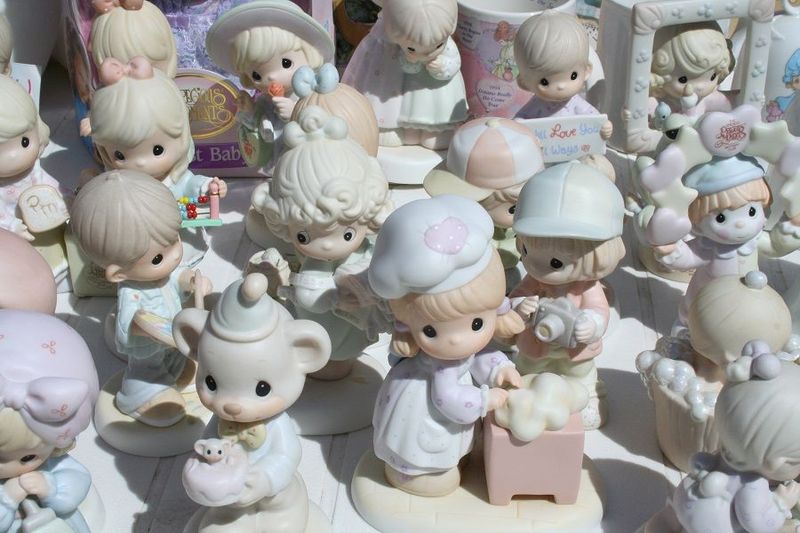
Extensive collections of porcelain figurines like Precious Moments, Hummel, or Royal Doulton have significantly declined in both popularity and value. These dust-catching knickknacks require constant cleaning and create visual clutter that conflicts with contemporary design preferences.
Many figurine collections were marketed as “investments” during the 1980s and 90s, but most now sell for pennies on the dollar. Young homeowners generally avoid these items, viewing them as outdated and incompatible with children, pets, and low-maintenance living.
If you’re emotionally attached to a figurine collection, consider selecting just 2-3 favorite pieces to display and photographing the rest before finding them new homes. The secondary market is flooded with these items, so donating to senior centers where they might be appreciated is often more rewarding than attempting to sell them at disappointing prices.
13. Waterbeds (Let Go)
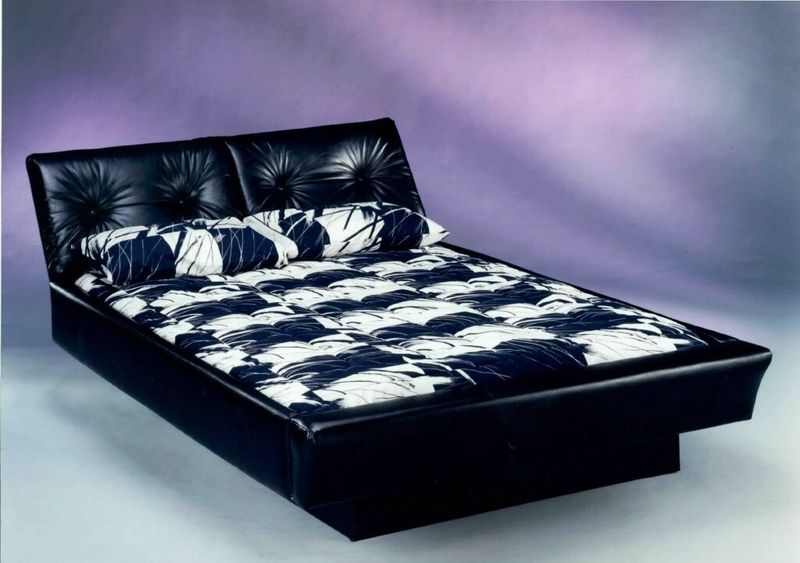
Waterbeds represent perhaps the most dramatic rise and fall of any furniture trend in modern history. Once the height of 1970s bedroom fashion, these liquid-filled mattresses now create significant hurdles for homeowners, from potential leaks to complicated moving logistics.
The heavy wooden frames and headboards designed specifically for waterbeds rarely integrate well with contemporary bedroom furniture. Many insurance companies charge higher premiums for homes with waterbeds, and their heating requirements add unnecessary utility costs.
Modern memory foam and hybrid mattresses now provide the pressure-point relief that made waterbeds appealing without the maintenance headaches. If you’re still loyal to your vintage waterbed, consider that finding replacement parts and qualified repair services becomes more difficult each year. Letting go of this particular blast from the past will literally lighten your load.
14. Outdated Curio Cabinets (Let Go)
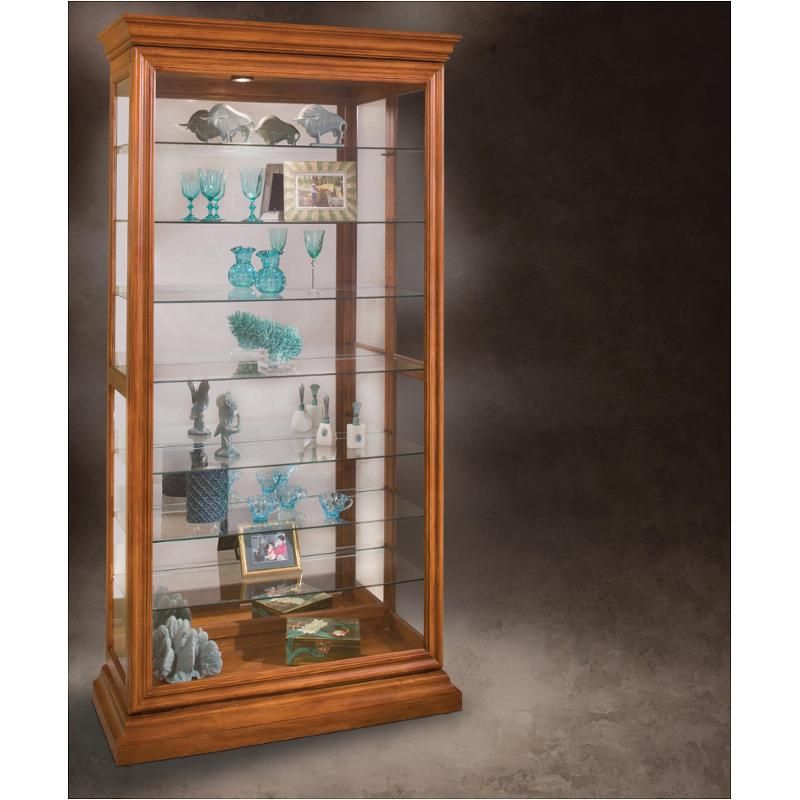
Mirrored curio cabinets with glass shelves and interior lighting had their moment in the 1980s and 90s, but they’ve fallen dramatically out of favor in contemporary homes. These bulky display cases often feature dated gold or brass trim and create a formal, fussy look that conflicts with today’s more relaxed living spaces.
The specialized design of these cabinets makes them difficult to repurpose for modern storage needs. Their narrow shelves can’t accommodate books, and their visibility makes them impractical for storing everyday items that might create visual clutter.
If you’re holding onto a curio cabinet, you’ve likely noticed how challenging they are to sell even quality brands like Ethan Allen or Thomasville command only a fraction of their original price. Freeing yourself from these dust-collecting display cases creates space for furniture that better serves your current lifestyle while instantly updating your home’s aesthetic.
15. Bulky Roll-Top Desks (Let Go)
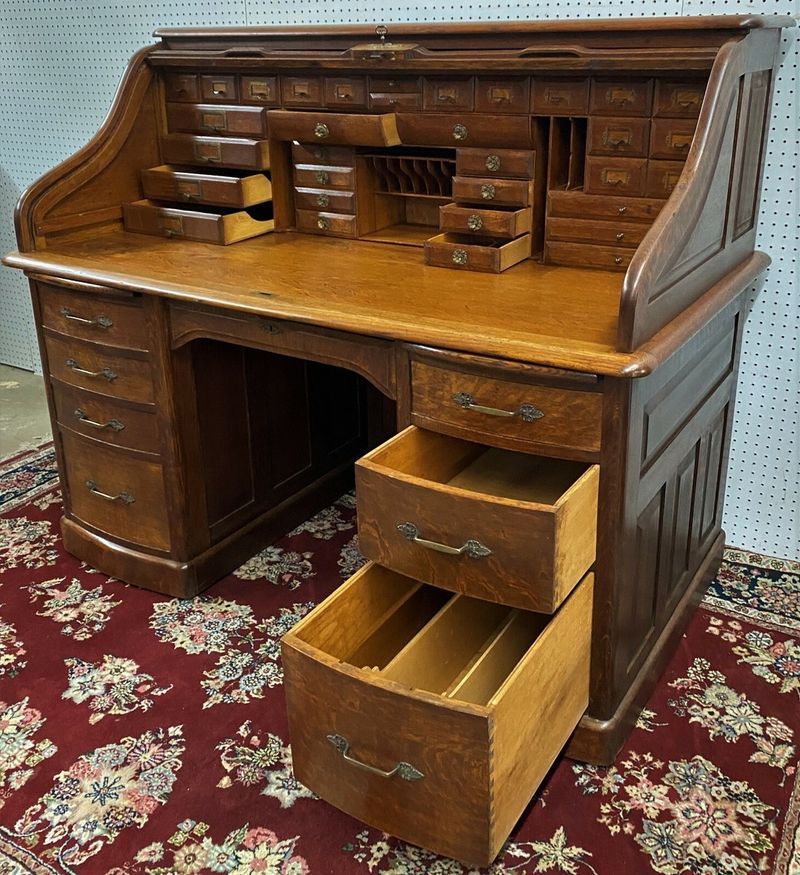
Massive oak roll-top desks once symbolized professional success, but they’ve become impractical dinosaurs in the age of laptops and wireless technology. These desks were designed for typewriters, paper storage, and landline phones equipment that has largely disappeared from modern home offices.
The numerous small cubbies and compartments inside these desks rarely accommodate contemporary work tools. Their imposing size dominates rooms while providing relatively little usable workspace compared to sleeker desk options available today.
Many roll-tops feature dated golden oak finishes that clash with current design trends. Though some antique examples have collector value, most mass-produced versions from the 1980s-90s revival sell for far less than their original prices. Unless your roll-top is a documented antique or perfectly suits your specific needs, replacing it with a more functional desk will improve both your work efficiency and your room’s aesthetic.
16. Floral Upholstered Sofas from the ’80s (Let Go)
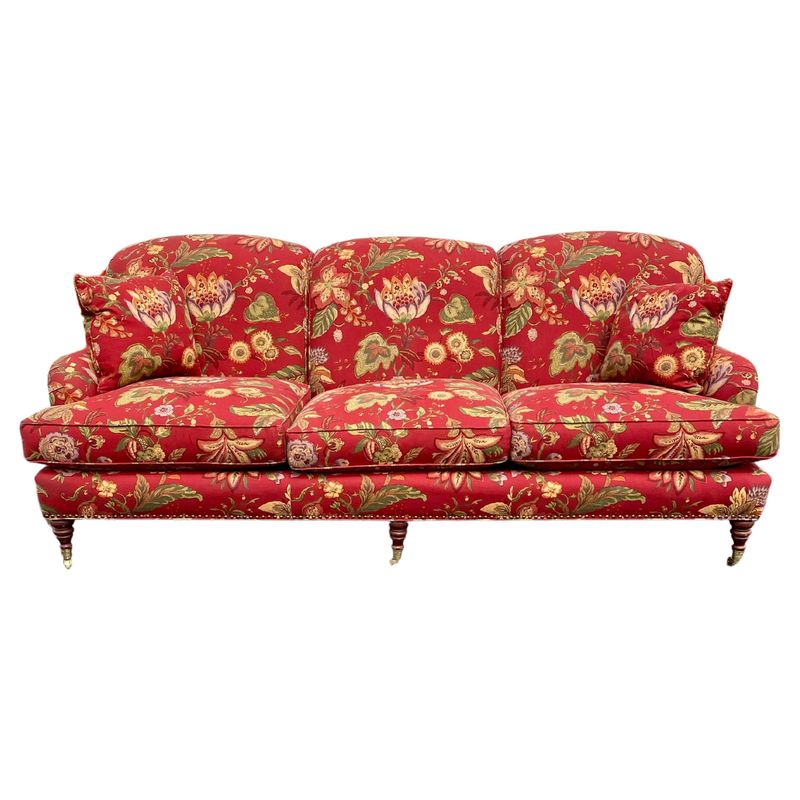
Bold floral sofas that dominated living rooms in the 1980s have not experienced the nostalgic revival that other vintage furniture styles enjoy. These sofas typically feature oversized proportions, heavily padded arms, and busy patterns that overwhelm contemporary spaces seeking cleaner lines and more neutral palettes.
Beyond their dated appearance, many of these sofas have structural issues after decades of use. The internal springs and foam deteriorate over time, creating uncomfortable seating that’s expensive to properly restore. The fabrics themselves often appear faded or worn in ways that read as shabby rather than charmingly vintage.
If you’re emotionally attached to a floral sofa from this era, consider reupholstering just a small accent chair in the same fabric instead. Modern sofas offer improved comfort, better proportions for today’s homes, and designs that won’t visually dominate your living space the way these floral behemoths tend to do.

